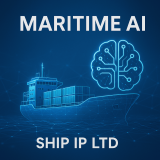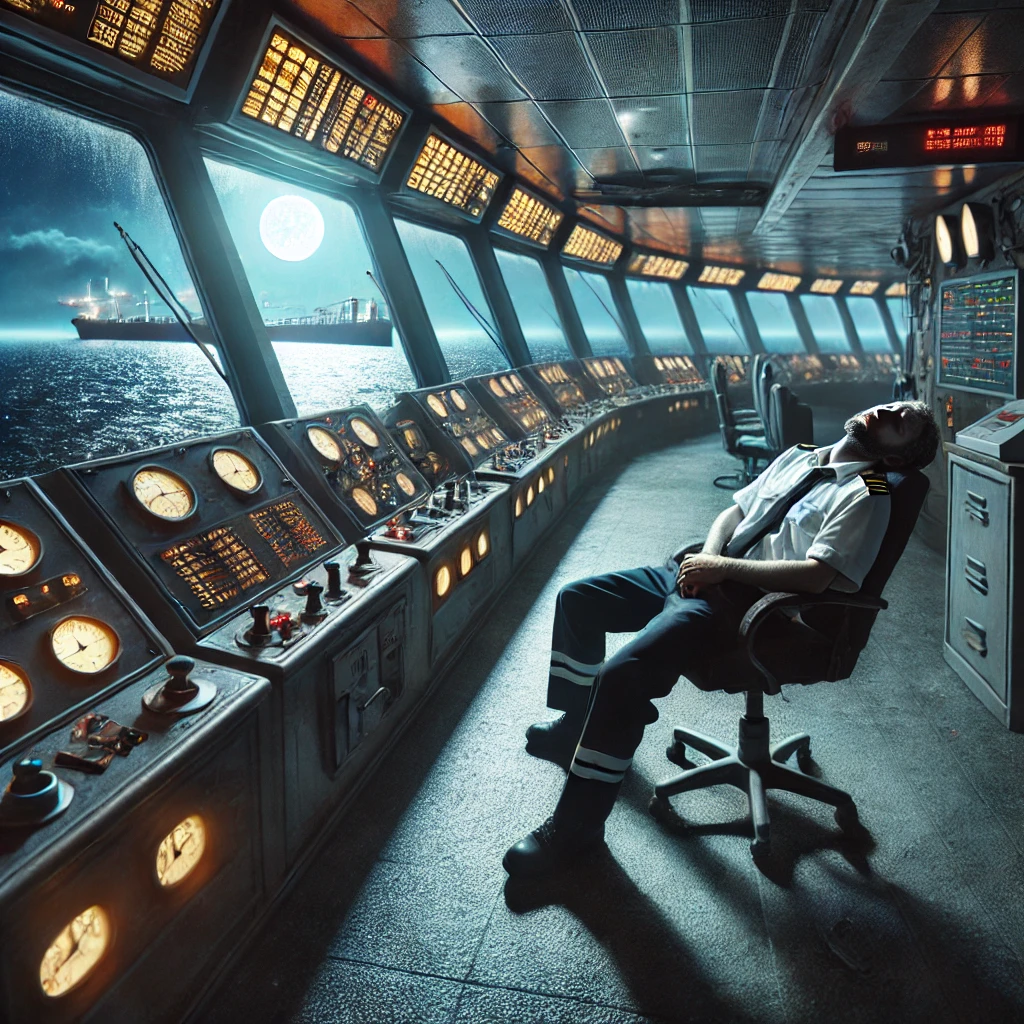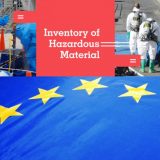Critics say the decision is likely to reverberate beyond Europe’s borders and hamper its efforts to lead global climate negotiations, as Europe considers gas (LNG) and nuclear energy “green”.
In a landmark vote for Europe’s climate and energy policies, the European Parliament on Wednesday backed labeling some gas and nuclear power projects “green,” allowing them to access hundreds of billions of euros in cheap loans and including state subsidies.
The decision added pressure to the European Union on the scale of a global debate on how and how quickly major industrialized economies can wean off their heavy reliance on fossil fuels, and immediately proved controversial, drawing boos from opponents inside and outside. of the parliamentary building in Strasbourg, France.
Critics said it would secure and prolong Europe’s dependence on fossil fuels, while supporters of the move, including in the European Commission, the EU. The executive arm that drafted it said it was part of a pragmatic approach to transitioning to renewable energy, especially as Europe seeks to stop importing Russian fuel following the invasion of Ukraine.
The move had been in the works even before Russia’s tanks crossed the border, but it gained urgency when the European Union responded to the invasion by banning Russian energy sources, including most coal and oil. Russian gas, on which Europe remains heavily dependent, has been left untouched.
The Russian invasion presented European countries with an urgent choice: get gas from anywhere other than Russia, or double down on renewable sources like wind and solar.
Wednesday’s vote signaled Europe’s intention to prolong its dependence on gas, whose main component is methane, which accelerates global warming.
The choice could undermine a competing European imperative to cut its greenhouse gas emissions by more than half by 2030. E3G, an energy research group, said it was “at odds with the EU’s general direction. is taking.”
The amendment that Parliament backed on Wednesday was part of a broader EU policy. effort to give banks and other organizations tools to assess which projects deserve loans and funds on the basis of being environmentally friendly.
The policy, known as “taxonomy,” is aimed at stopping “greenwashing,” the widespread practice of mislabeling energy projects as environmentally friendly, and could determine where hundreds of billions of dollars in investment will flow. in the coming decades.
But critics of the proposal argue that classifying gas and nuclear projects as sustainable is in itself “greenwashing” and runs counter to European efforts to cut carbon emissions by 55 percent by 2030 and reach the carbon neutrality by 2050, while increasing the risks of nuclear power. accidents
Greta Thunberg, the Swedish climate activist, called Wednesday’s decision hypocrisy.
“This will delay a real sustainable transition that is desperately needed and will deepen our dependence on Russian fuels. The hypocrisy is conspicuous, but unfortunately not surprising,” she wrote on Twitter after the vote.
The classification of gas and nuclear energy as “green” was controversial even beyond environmental circles, with its opponents in the European Parliament spread across the political spectrum, including from the right.
“Billions of euros in ‘green’ funding are now at risk of being diverted into polluting energy sources that are far from harmless and temporary, at the expense of energy efficiency and renewables,” said the European Environment Office, a pan-European environmental lobby group. in a statement shortly after the vote, calling it an “institutional greenwashing act.”
But the move ultimately succeeded with strong backing from Germany and France, Europe’s two biggest economies, and will help both sustain their energy policies and industries.
In the aftermath of the devastating Fukushima nuclear disaster in Japan in 2011, Germany moved away from nuclear power altogether and committed to switching to renewable energy sources. But it has remained heavily dependent on Russian gas as a “bridge” and has resorted to using coal, especially during deficits.
France, by contrast, gets 70 percent of its power from aging nuclear plants, which have been plagued by problems and closures in recent years. It recently announced a plan budgeted at 51.7 billion euros (more than $53 billion) to build up to 14 next-generation reactors by 2035.
While nuclear power generation does not directly produce carbon emissions, the specter of nuclear accidents has left many wary on a continent still traumatized by the 1986 Chernobyl meltdown.
The European Commission has said that it knows that gas and nuclear power are not perfectly aligned with environmental goals and carry risks, but that it still sees them as important in Europe’s transition from its current energy mix to a carbon-neutral future that is will build primarily around renewables It calls gas a “low emission” fuel, which is only accurate compared to coal, which is highly polluting, but not compared to wind and solar.
“This vote is an important recognition of our pragmatic and down-to-earth approach to assisting many member states on their transition path to climate neutrality,” the commission said in a statement shortly after the vote.
“Climate neutrality is our objective and legal obligation. We are committed to using all available tools to move away from carbon-intensive energy sources,” he added.
These goals, and the means to achieve them in the coming decades, are key to Europe’s efforts to lead the world on climate policy. But Europe’s decision to classify gas and nuclear power as “green” is likely to have wide repercussions and could also undermine European efforts to convince other countries, such as China, to control their own emissions, analysts said.
The new classification of the gas is likely to make it much more difficult to meet a climate goal championed at the latest international climate negotiations: reducing methane.
Methane is more powerful in its ability to warm the planet than carbon dioxide emissions, although it breaks down earlier in the atmosphere. Over 20 years, it can generate 80 times more heat than the same amount of carbon dioxide.
In short, reducing methane emissions would slow warming more quickly, which is the argument the European Union itself used when it joined the United States last November in announcing a global commitment to cut methane emissions by 30 percent. by 2030.
Leading non-governmental organisations, including the WWF and Greenpeace, said they planned to litigate against the EU. gas and nuclear labelling, and European lawmakers are also expected to sue the European Commission over its handling of the policy.
But aside from a divergence from their environmental goals, Wednesday’s move also constituted a strategic mistake in dealing with Russia, other critics said.
So far E.U. Nations have banned Russian coal and most will phase out even the import of Russian oil in response to the Ukraine invasion, but they remain especially dependent on Russian gas for electricity and heating.
Russia has used its gas exports to Europe as leverage to exert pressure on the European Union. The bloc is trying to get gas from other sources, including Africa, the Middle East and the United States, but is far from banning Russian imports because it needs them too much.
By doubling down on longer-term gas investments, the European Union virtually secures higher longer-term global demand for the fuel, even if it doesn’t buy it from Russia itself. That will mean Russia can continue to sell its gas to other countries at high prices, perpetuating a vital revenue stream.
Some Ukrainian experts and lawmakers criticized the decision.
“Vladimir Putin is rubbing his hands with joy today,” Inna Sovsun, a Ukrainian deputy, said in emailed comments. “Europe has just given you a great gift by classifying gas and nuclear as sustainable. A gift that will funnel billions into their pockets and further increase their war chest.”
Source: TheNytimes.com






